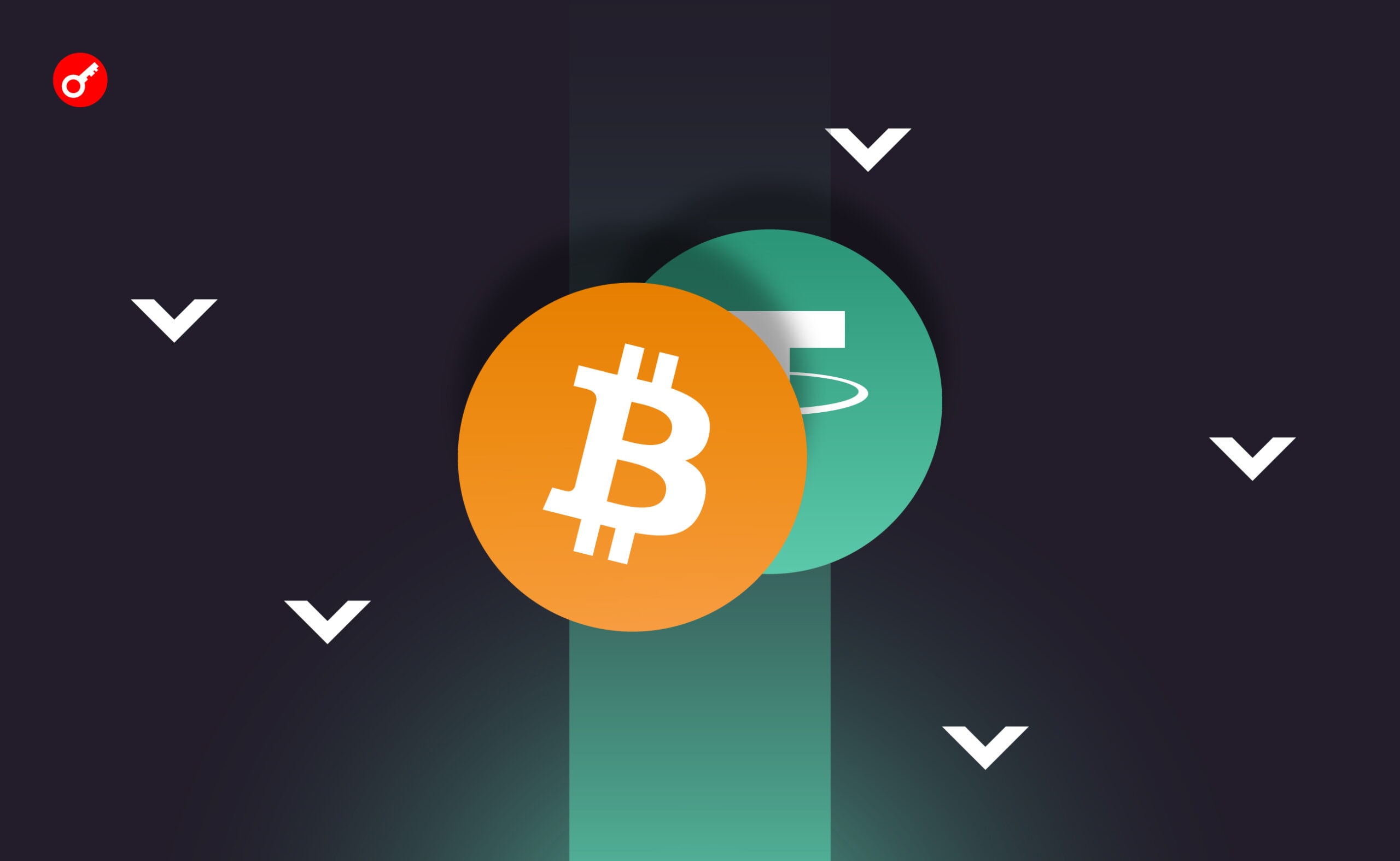MIAMI GARDENS, FLORIDA – AUGUST 31: Carson Beck #11 of the Miami Hurricanes looks to pass against the Notre Dame Fighting Irish during the first half at Hard Rock Stadium on August 31, 2025 in Miami Gardens, Florida. (Photo by Carmen Mandato/Getty Images)
Getty Images
The college football Week 10 slate will extend into November as we sit with a little more than a month remaining. Teams have five more regular season weeks to make their case for the College Football Playoff or a spot in a bowl game. Forty teams already punched their ticket to bowl eligibility. This is your guide to tracking which teams will reach the postseason through the end of the regular season.
College Football Bowl Eligibility Criteria:
The future of the College Football Playoff is in question but when it comes to this year’s postseason, here’s a quick overview.
The final day of the 2025 regular season is on Nov. 29 with bowl games expected to be announced on Dec. 7. Bowl season begins Dec. 13 and ends Jan. 19. The postseason consists of 35 traditional bowl games, four CFP first round games, four quarterfinal games, two semifinal games and one national championship game. That adds to up to 46 matchups with 82 FBS programs set to play beyond conference championship weekend.
To qualify for bowl eligibility, teams must win at least six games, and they can only count one win against FCS opponents. If there are too many bowl-eligible teams, some will be left out of postseason play.
If there are not enough bowl-eligible teams, the first two spots would go to Delaware and Missouri State, which are transitioning from the FCS, assuming they satisfy the bowl-eligibility criteria. After that, it will come down to Academic Progress Rate scores for teams one win away from bowl eligibility, which is why in some years you see teams with a 5-7 record competing in bowl games.
Before the countdown to bowl season even began, one program was already eliminated. Akron was ruled ineligible for postseason play in May due to a failing Academic Progress Rate score during the 2023-24 season.
College Football Bowl Eligible Teams (40)
Sixteen programs became bowl eligible during Week 9 of the college football season including Boise State, Iowa, Louisville, Miami, Michigan, Nebraska, Pitt, San Diego State, Southern Miss, TCU, Tennessee, Texas, Troy, Utah, Washington and Western Kentucky.
Here’s the full list of teams that secured at least six victories and are bowl eligible:
- SEC (9) – Alabama, Georgia, Missouri, Oklahoma, Ole Miss, Tennessee, Texas, Texas A&M, Vanderbilt
- Big Ten (7) – Indiana, Iowa, Michigan, Nebraska, Ohio State, Oregon, Washington
- ACC (5) – Georgia Tech, Louisville, Miami, Pitt, Virginia
- Big 12 (6) – BYU, Cincinnati, Houston, TCU, Texas Tech, Utah
- Pac-12 (0) – None
- American (5) – Memphis, Navy, North Texas, Tulane, USF
- Mountain West (4) – Boise State, Hawaii, San Diego State, UNLV
- Sun Belt (3) – James Madison, Southern Miss, Troy
- MAC (0) – None
- Conference USA (1) – Western Kentucky
- Independents (0) – None
One Win Away From Bowl Eligibility (20)
Sixteen teams have an opportunity to become bowl eligible during the Week 10 slate. Here’s the full list of programs that are one victory away from six wins:
- SEC – LSU
- Big Ten – Illinois, Minnesota, Northwestern, USC
- ACC – Cal, SMU, Wake Forest
- Big 12 – Arizona State, Iowa State
- Pac-12 – None
- American – Temple
- Mountain West – Fresno State, New Mexico
- Sun Belt – Old Dominion
- MAC – Central Michigan, Miami (OH), Ohio
- Conference USA – Kennesaw State
- Independents – Notre Dame, UConn
One Win Away From Five Wins (27)
The following programs are one victory away from five wins to potentially play in a bowl if there are not enough bowl-eligible teams:
- SEC – Auburn, Mississippi State
- Big Ten – Maryland, Rutgers
- ACC – Duke, NC State
- Big 12 – Arizona, Baylor, Kansas, Kansas State, UCF
- Pac-12 – Washington State
- American – East Carolina, Rice
- Mountain West – Utah State, Wyoming
- Sun Belt – Appalachian State, Arkansas State, Coastal Carolina, Marshall
- MAC – Buffalo, Toledo, Western Michigan
- Conference USA – Delaware, Jacksonville State, Louisiana Tech, Missouri State
- Independents – None
Eliminated From Bowl Eligibility (2)
The following programs are no longer eligible to participate in a bowl game. This means they’ll fall short of the five-win mark or are ineligible for non-football reasons:
- SEC – None
- Big Ten – None
- ACC – None
- Big 12 – None
- Pac-12 – None
- American – None
- Mountain West – None
- Sun Belt – None
- MAC – *Akron, UMass
- Conference USA – None
- Independents – None
FBS APR Rankings
If fewer than 82 teams become bowl eligible, it will come down to Academic Progress Rate scores for teams one win away from bowl eligibility. Here’s a look at the APR score rankings among teams still eligible for bowl game participation:
- Ohio State
- Alabama
- Michigan/North Carolina
- Clemson/Wake Forest
- Cincinnati
- Northwestern
- Air Force/Minnesota
- Iowa State/Wisconsin
- Auburn/Florida State/Kansas State/Notre Dame
- Missouri
- Rice
- Duke/NC State
- Boise State/Boston College/Miami/Oklahoma State/Texas/Tulane/UCF
- Ball State/Stanford
- James Madison/Louisville/Utah
- Arkansas/East Carolina/Virginia
- Coastal Carolina/Florida/Indiana/Iowa
- Liberty/Texas Tech
- Army/Ole Miss/West Virginia
- Georgia/Kentucky/Mississippi State/Nevada/Old Dominion/UNLV/Vanderbilt/Western Kentucky
- Rutgers/Washington
- Eastern Michigan
- Nebraska/USC/Virginia Tech/Wyoming
- Fresno State/Oklahoma/South Carolina
- Baylor/Pitt
- Arizona State/Toledo
- Kansas/Purdue/Troy
- Cal/Illinois/Sam Houston State
- **Delaware
- Arizona/Bowling Green/Georgia State/Georgia Tech/Temple
- Appalachian State/Michigan State
- UCLA
- San Diego State
- Northern Illinois/Oregon State
- Navy/South Alabama/Tennessee/Washington State
- TCU
- Maryland/UTSA
- Colorado/Marshall/USF
- SMU/Texas State
- Miami (OH)/Middle Tennessee
- Colorado State/Georgia Southern/Memphis/Syracuse
- Ohio
- Texas A&M
- FIU/Kennesaw State
- BYU/New Mexico State
- Louisiana
- North Texas
- LSU/UTEP
- New Mexico
- Kent State/San Jose State
- Arkansas State/UConn/Western Michigan
- FAU/Hawaii/Penn State
- Oregon/UAB/UMass
- Central Michigan
- Tulsa
- Houston
- Utah State
- Southern Miss
- Buffalo
- Jacksonville State
- Louisiana-Monroe
- Louisiana Tech
- Charlotte
- **Missouri State
*Akron is ineligible for postseason play due to a failing APR score during the 2023-24 season.
**Delaware and Missouri State would get a bowl bid if there are not enough bowl-eligible teams and if they satisfy bowl eligibility criteria.
Source: https://www.forbes.com/sites/erikbuchinger/2025/10/26/2025-college-football-bowl-eligibility-tracker-week-10/


